Blue paint marks habitat renovation
ON 11-12-2021
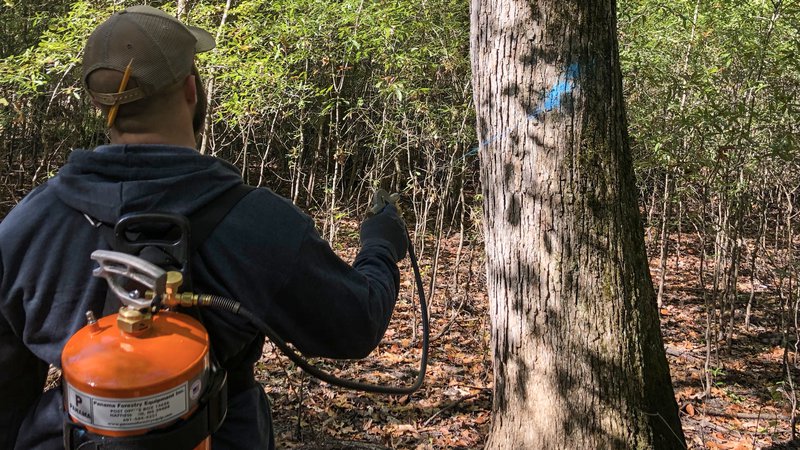
Nov. 12, 2021
Randy Zellers
Assistant Chief of Communications
HUMNOKE — Public land hunters will be seeing a number of trees at George H. Dunklin Jr. Bayou Meto Wildlife Management Area marked with blue paint. The markings reflect the second step in the Arkansas Game and Fish Commission’s efforts to restore the state’s crown jewel of public waterfowl hunting.
The red oak species valuable to waterfowl (primarily willow oak and Nuttall oak) can’t grow in a crowded forest. The forest canopy must be opened up to allow sunlight to reach the forest floor and promote new growth. That’s why the trees are marked for removal to help with that regeneration.
Rob Willey, habitat coordinator for the AGFC, said many forestry techniques will be used to achieve desired forest conditions, but gap regeneration will be the most obvious, and important.
“These are small, ¼- to ½-acre cuts that will mimic a site where trees might have been removed naturally through windthrow or a natural event,” Willey said. “These gaps have to be large enough to allow sunlight to the forest floor for several years to allow rapid growth of the desirable red oaks.”
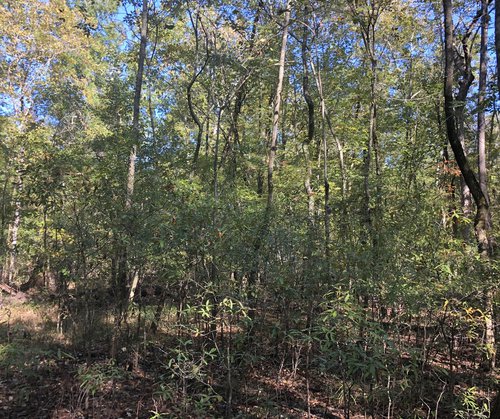
AGFC Director Austin Booth said this phase of the bottomland hardwood restoration may seem counterintuitive on the surface, but the science behind the removal is key.
“As we proceed with some very limited commercial harvest, hunters may very well see stacks of what looks like healthy trees and that understandably raises questions with folks,” Booth said. “But just looking at a stack of timber, does not tell the full story. If we harvest a healthy tree, it’s either an unfavorable species or it’s benefit is outweighed by the need to promote growth of younger trees.”
Willey explains crews will work with current forest conditions to enhance current regeneration or promote new regeneration of beneficial trees.
“For instance, the timber-marking crew will see some regeneration or potential from an area where a blowdown has already occurred and mark other trees to be removed around this area that are shading out that regeneration potential,” Willey said. “These gaps not only provide sunlight and new growth, but in the short term, they’ll provide holes where hunters can work in ducks. As the new regeneration grows, it also will create small, dense growth for white-tailed deer bedding habitat and create travel pinch points for deer hunters.”
These forest treatments are planned for Henry Gray Hurricane Lake and George Dunklin Jr. Bayou Meto WMAs, but hunters are likely to have already seen some of the work in the planning portion of the forestry work. Timber-marking crews have completed selecting removal trees in about 2,000 acres at Upper Vallier in the last few weeks, and these areas will be put out for bid to try and reclaim any commercial timber value during the next few months.
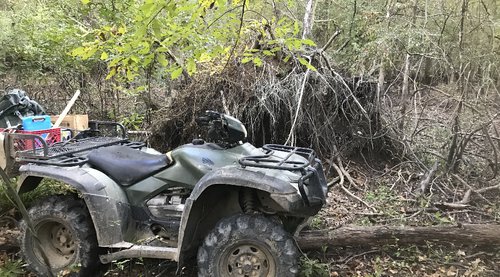
As with all funds derived from timber sales, the small amount of money gained from these sales will be used solely for future management activities on wildlife management areas.
There’s been a lot of focus in the last few months on the Arkansas Game and Fish Commission’s plan to manage water levels differently on some of Arkansas’s more popular waterfowl-focused wildlife management areas, but managing water is only one step in the recovery of these public-land treasures.
“Managing water levels will only stop the bleeding,” AGFC Director Austin Booth said. “But if we are to bring back the duck habitat and duck hunting on our public lands, we have to look at managing the forest as well. We know mother nature will give us a forest–but it’s up to us ensure it’s the forest we need. That means regenerating the red oak species that once drew ducks to these woods but have died from too much water.”
AGFC-owned areas were purchased and managed using the help of federal dollars, so any money derived from timber sales is required to go right back into wildlife management on the WMA system. But according to Brad Carner, AGFC chief of wildlife management, those funds are hardly enough to offset the work needed to recover the forest health on these areas. In fact, it may not even be possible to complete if weather does not cooperate.
“Just like with most of our wildlife management areas, these are bottomland hardwoods and are prone to flooding and wet conditions that make commercial timber harvest extremely difficult,” Carner said. “Last year, 6,000 acres of the more than 380,000 acres the AGFC owns were in active timber sale contracts in bottomland areas, but weather prevented harvesting crews from working so much that only 60 acres was actually able to be completed.”
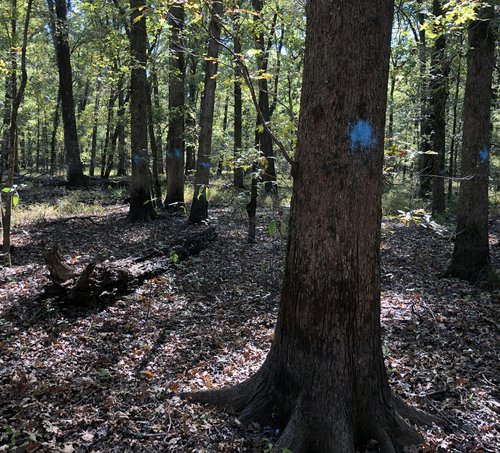
Bayou Meto isn’t the only WMA where hunters may see signs of forest management activities.
According to Carner, the current dry conditions will allow many forest management contracts from multiple, wet years to finally begin work. Hunters at Big Lake, Cut-Off Creek, Sheffield Nelson Dagmar, Gene Rush, Petit Jean River, Shirey Bay Rainey Brake and Mike Freeze Wattensaw WMAs all may encounter some locations with piles of recently cut logs at some log loading areas or logging equipment.
“The average size of these sales is around 300 acres and is between one and 8 percent of the total acreage of the WMA where it is taking place, leaving plenty of undisturbed area for hunters to enjoy.” Carner said. “To minimize the potential for disturbance to hunters, all logging activities will be suspended on weekends and throughout any permit hunts on these WMAs.”
According to the AGFC’s year-end financial records, total revenue from timber sales during Fiscal Year 2021 equaled $156,885. By comparison, revenue from sales of the AGFC’s Conservation License Plates were just over $1 million. Even sales of the AGFC’s bi-monthly magazine rivalled timber sales revenue in FY2021, bringing in $136,310. And while last year’s sales were hampered by wet weather, the previous fiscal year did not see much different numbers, with timber sales bringing in only $198,940.
“The notion that we harvest timber for the revenues is, frankly, ludicrous,” Booth said. “Sure, everything we do takes time, people, and money. But with timber revenues of less than 1 percent of our budget and when every single penny is required by law to go directly back into WMAs, it’s obvious that we are not in the timber business. We are, however, in the business of habitat and public opportunity.”
Carner agrees, pointing out that a benefit of commercial harvest is removal of the trees from the site.
“The trees being marked need to be removed regardless of any value they have,” Carner said. “Commercial harvest helps eliminate debris on the forest floor and offsets a small portion of the cost of the other forestry work. If weather and site conditions don’t allow commercial operations to reclaim some of the value of the timber, we’ll still have to do removals through herbicide injections and chainsaw work, leaving the trees in place to decompose naturally.”
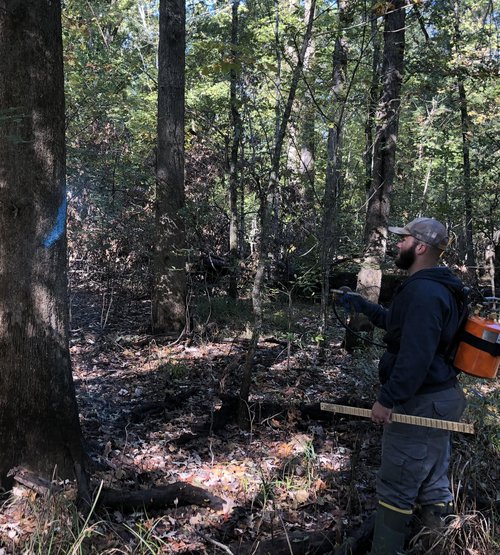
Booth said the steps being taken may provide a need to adapt hunting strategies and locations within WMAs in the short-term, but reminds hunters that these changes are needed if hunters are to continue seeing the sort of waterfowl hunting for which The Natural State is famous.
“Years from now, we could be telling our grandchildren how great the duck hunting used to be in Bayou Meto, or we can enjoy having them tell us how great the duck hunting still is,” Booth said. “The responsibility is ours to make sure the second of those options comes true.”
Recent News

Arkansas Wildlife Weekly Fishing Report
Jul. 10, 2025
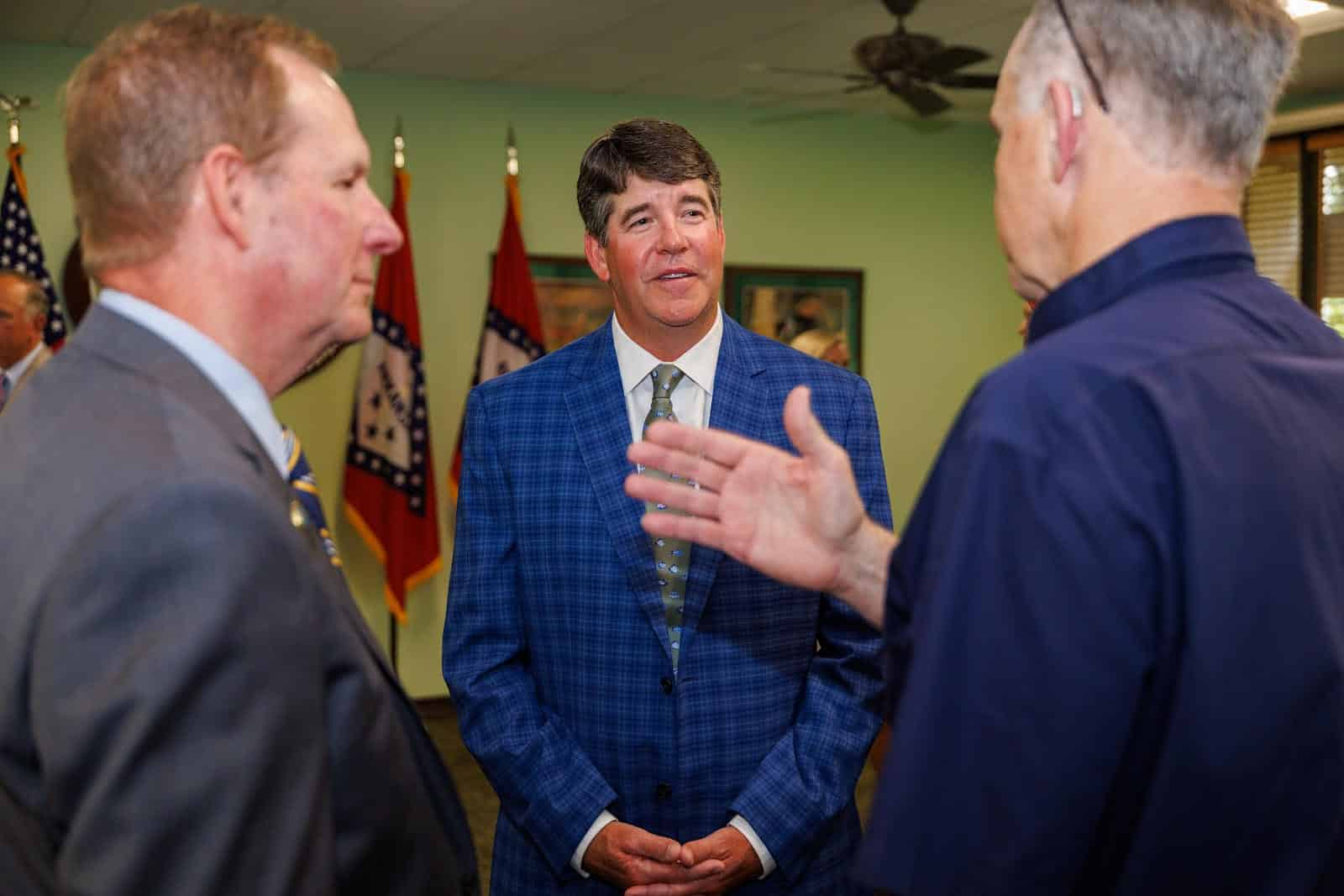
Lonoke aquaculturist named to AGFC
Jul. 10, 2025
Subscribe to Our Weekly Newsletter E-mails
Don’t miss another issue. Sign up now to receive the AGFC Wildlife Weekly Newsletter in your mailbox every Wednesday afternoon (Waterfowl Reports are published weekly during waterfowl season and periodically outside the season). Fishing Reports arrive on Thursdays. Fill in the following fields and hit submit. Thanks, and welcome!
